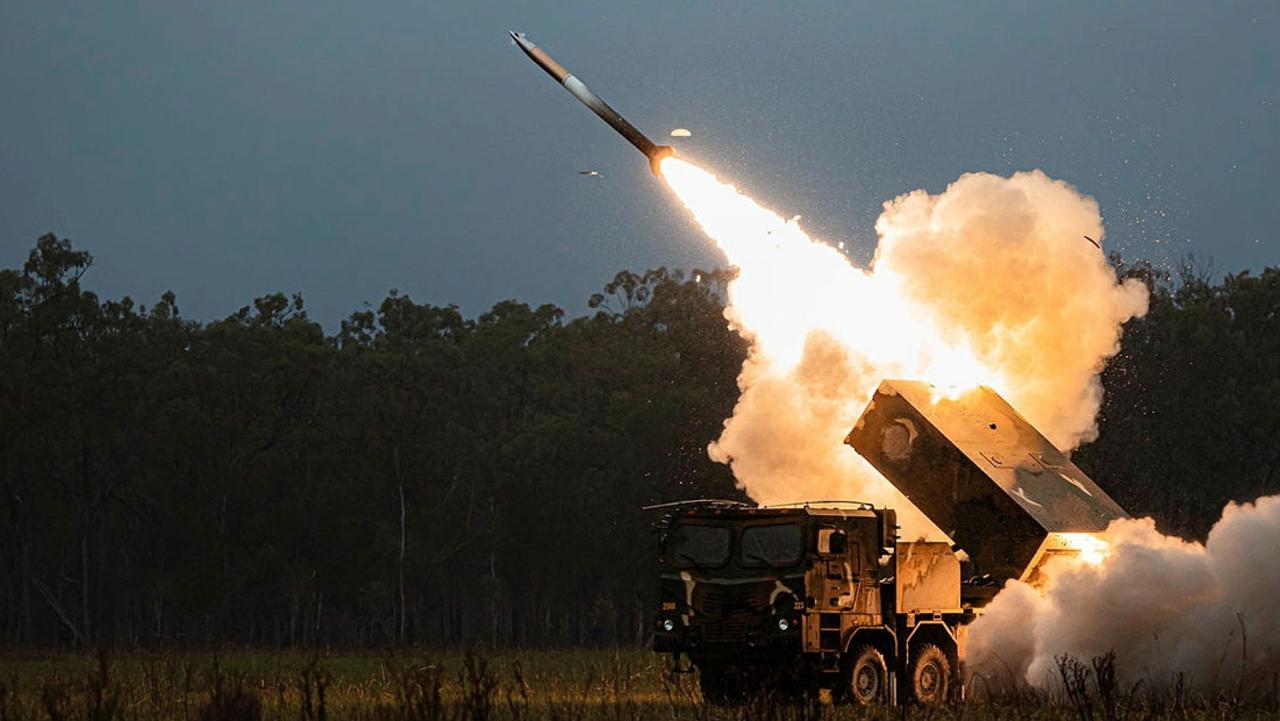Defence projects collectively worth billions are set to face the chopping block with funding instead freed up for investments in armed drones and missiles, an overhaul of defence spending has revealed.
In an address to the National Press Club on Wednesday, Defence Minister Richard Marles released the federal government’s National Defence Strategy, adjusting Australia’s 10-year military investment pipeline in a bid to stop spending from snowballing.
Total spending is expected to reach $330bn by the 2033-34 financial year, or 2.4 per cent of GDP, approximately $50bn higher than current levels, with the increase primarily assisting in the acquisition of nuclear-powered submarines under the AUKUS program.
The decade-long spending plan, known as the 2024 Integrated Investment Program, comes a year after Labor’s Defence Strategic Review uncovered significant underfunding of key projects and found the Australian Defence Force was not “fit for purpose for our current strategic purposes”.
In particular, the review found that a focus on “littoral manoeuvre operations by sea, land and air from Australia” was required for Australia’s armed forces, as the country’s army was primarily prepared for a land-based warfare.
Under the spending shake-up, previous investments in military hardware will be axed, delayed or altered, with funds diverted towards projects that will bolster longer range strike and targeting capability, as well as lethal drones, in the face of heightened tensions in the Asia-Pacific region.
“The call for focus means that we simply have to make the difficult decision to keep the vast bulk of our effort in our region,” Mr Marles told the Press Club.
“This is what the world would expect of us. It is what our ally the United States does expects of us, but far more significantly and importantly it is where our national interest unambiguously lies.”
While the investment overhaul includes additional funding, it also requires reprioritisation of $22.5bn over the four year forward estimates period and $72.8b over the next decade.
Projects headed for the chopping block include $1.4bn for upgrades to defence facilities across Canberra, while two navy refuelling vessels will be sunk, saving $4.1bn over the decade.
“These are all examples of difficult decisions to delay projects, reduce the scope of projects, to cancel projects,” Mr Marles said.
Defence projects are notorious for running over budget and often suffer from lengthy delays.
A report from the Commonwealth auditor-general released earlier this year found delays for major defence acquisitions had cumulatively blown out by more than 37 years, with defence’s 20 biggest projects facing an average delay of 25 months.
Projects running over budget includie the nine 10,000-tonne Hunter-class frigates, now projected to cost $45bn, up from the original $31bn estimate, and 72 F-35 fighter jets at a cost of $16.5bn, up from initial price tag of $14.2bn.
Speaking ahead of the address, Coalition defence spokesman Andrew Hastie sought to frame the defence spending overhaul as a test of the Defence Minister’s leadership, arguing that the plan needed to be more than “vague language, vague promises and vague time frames”.
“There must be real money, real commitment and real leadership,” Mr Hastie said.
“Richard Marles must be honest with the Australian people about the threats and challenges we face.
“This must be matched with a meaningful increase in Defence spending and a clear strategy – real money, and a real direction. These are the metrics that count.”
